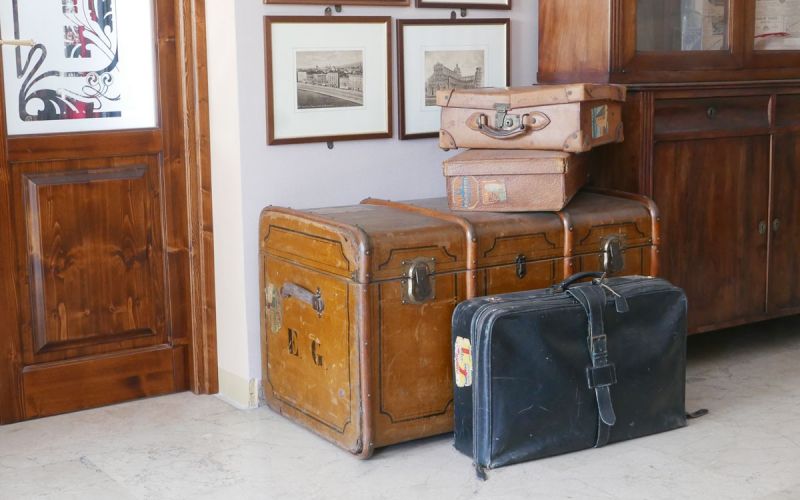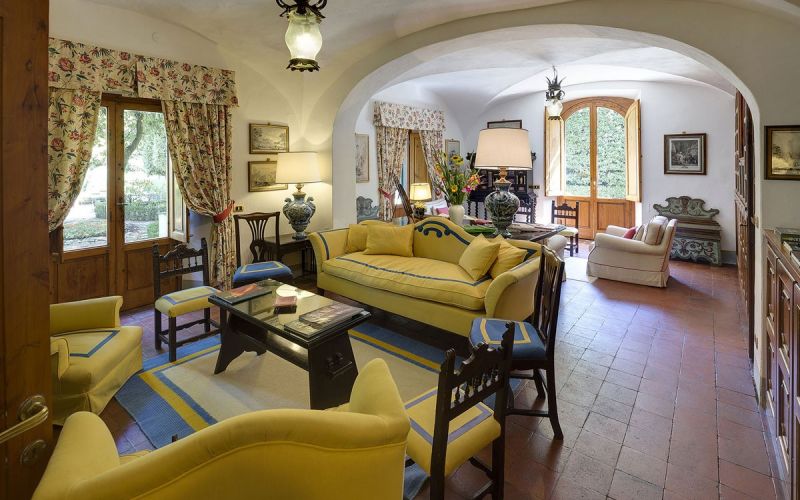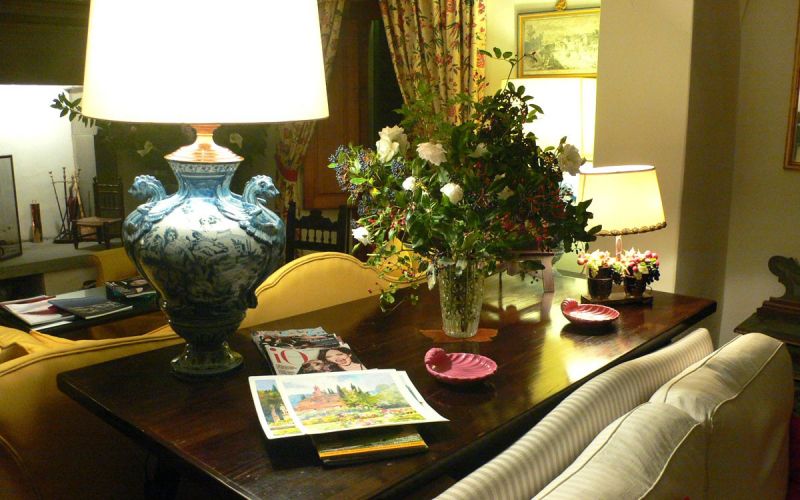Slow tourism: the art of traveling
And if you took the time to practice "slow tourism", another way of traveling, not in consumption but in contemplation, in quality and not in quantity?
It is in the 16th and 17th century that traveling became an important phenomenon in Europe. It is part of the instruction, of the training. In the 18th century Italy became the goal of the "Grand Tour", the traditional trip undertaken by upper-class young European men in search of art, of culture and of Western civilization’s roots. Coming to Italy also became a must for many writers and artists, such as Stendhal, Byron, Keats…
In the past, a patient preparation was necessary to prepare the journey. Traveling was a unique experience that left unforgettable memories that travelers narrated in their travel diaries. But the opening of important sections of railways, the publication of the first travel guides such as Baedeker, and the creation by Thomas Cook of the first travel company, radically changed the philosophy and purpose of travels. At the beginning of the 20th century, the birth of the automobile allowed the development of road networks, furthering travels’ increase. The end of the Second World War and the considerable rise in the standard of living, accompanied by the growth of civil aviation on a large scale, and, in the years 1970-75, the commissioning of large aircraft, encouraged mass tourism. Today, mass tourism has even grown further thanks to the "low cost" companies, which make air travel accessible to all.
Traveling has become a moving from one end of the planet to the other, and one cannot claim to have seen and know Italy by spending 1 or 2 weeks and visiting Venice, Florence, Rome or Naples in the middle of hordes of tourists.
The pleasure of traveling, even today, is to take one’s time, to contemplate wonderful landscapes, to discover little known hamlets and their superb architectures, to meet inhabitants, to soak up the "genius loci", that is the identity, character and atmosphere of a place.
So, practice "slow tourism" to discover the soul of Chianti, staying at Villa le Barone, a boutique hotel that has retained its authenticity and the character of an ancient family home, with its antique furniture, its authentic paintings, its rare books, and romantic objects from the family’s past.














